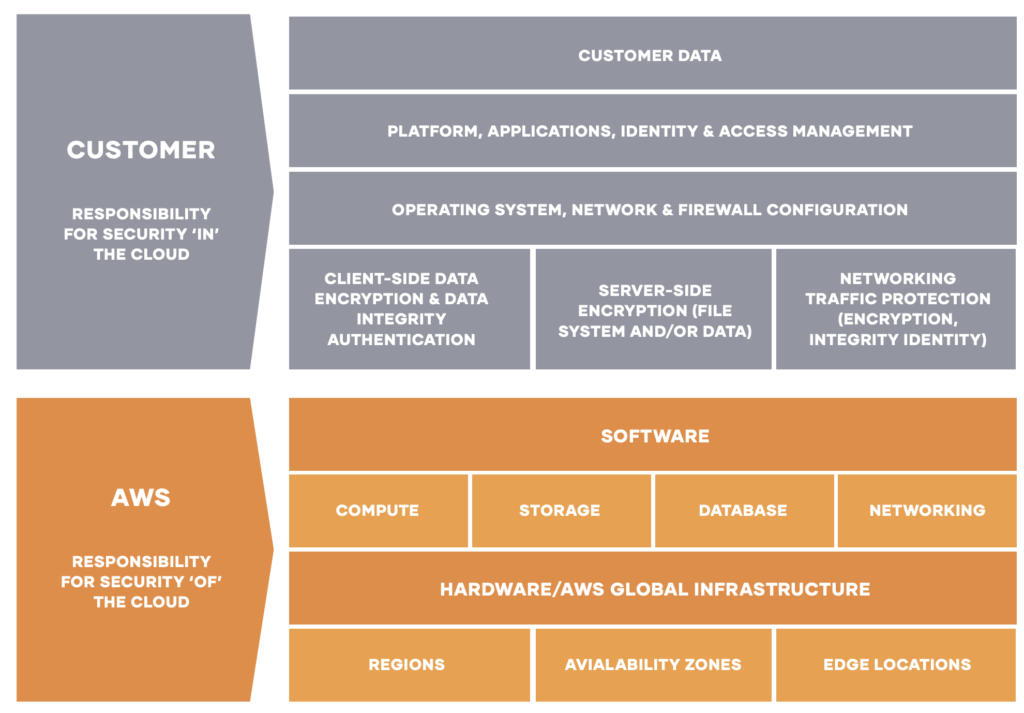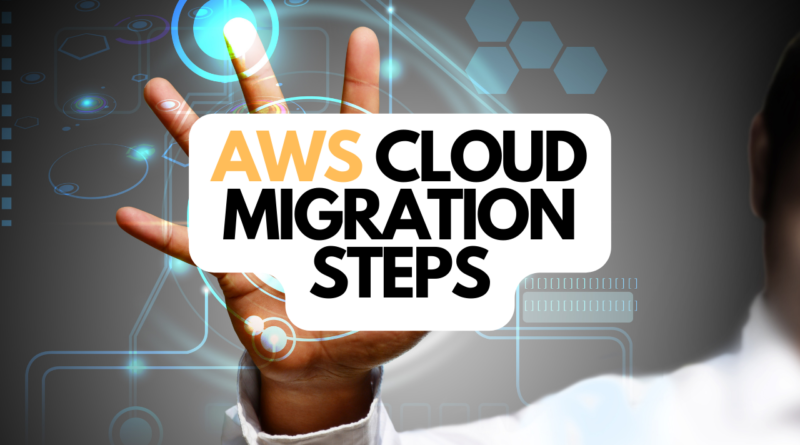AWS Cloud Migration Steps
AWS Cloud Migration Steps. Migrate with confidence
Achieve your cloud goals faster and more reliably with our unmatched migration experience and solutions.
Moreover, from lifting and shifting workloads to moving entire data centers, AWS provides the organizational, operational, and technical capabilities you need for a successful migration. Additionally, with the deepest set of migration and modernization services—including many that are purpose-built for specific industries—you can start realizing the business value of AWS quickly and comprehensively.

Download the e-Book. This eBook provides guidance for every step of your cloud migration.
Note
Don’t just move to the cloud. Migrate with AWS—leveraging our unmatched experience and proven solutions to drive success at every step of your journey
For example, You can migrate any workload – applications, websites, databases, storage, physical or virtual servers – and even entire data centers from an on-premises environment, hosting facility, or other public cloud to AWS. Thus, every step along the way, you can leverage AWS’s years of experience to build your organizational, operational, and technical capabilities, so that you can gain business benefits faster.
In addition, Amazon Web Services (AWS) has become a leader in cloud computing. One of its core components is S3, the object storage service offered by AWS. With its impressive availability and durability, it has become the standard way to store videos, images, and data. You can combine S3 with other services to build infinitely scalable applications.
Business transformation through digital modernization
First of all, Migrating critical applications, infrastructure, operations, and management to the AWS Cloud.
For instance, today’s businesses must adapt to rapidly changing market conditions, manage and derive insights from massive volumes of data, and meet the rising demands of today’s always-on customers. In short, they must modernize—rethinking processes and leveraging technology to seize opportunities earlier, achieve maximum value from their investments, and innovate faster than ever before.
Basically, digital transformation promises substantial rewards, with leading companies achieving critical business advantages such as higher productivity, faster time to market, and a stronger bottom line.
In addition, reaching these rewards can prove challenging, however. Digital transformation represents a massive undertaking involving far-reaching changes to technology, processes, and culture. Breaking the process down into distinct phases can help prevent organizations from losing their way.
Understanding the two stages of digital modernization
Thus, no two modernization projects are the same. In helping thousands of organizations successfully reach their business outcomes, AWS identified two distinct modernization stages.
Therefore, IT modernization involves transforming legacy systems, processes, workloads, and infrastructure as you migrate to the cloud.
At its core, application modernization leverages cloud-native systems and services to drive a new iterative, intelligent, and agile way of harnessing data and developing applications

Is it time to migrate?
Above all, here are four questions you should ask as you decide whether to migrate to the cloud.

Is keeping your apps and data on-premises preventing your business from delivering a better customer experience, developing new products and services faster, and ultimately increasing your competitive position and company value?
Next, are you spending time finding and training skilled professionals to manage, maintain, and provision hardware and software, manage licenses, create and maintain security postures, and ensure compliance for things that could be relocated or replaced in the cloud with fully managed offerings?
Is your current infrastructure delivering the performance and scale needed to keep teams working efficiently? Is your critical business data accessible and delivering the insights your business needs to compete? Are your legacy systems integrated with modern systems to deliver optimal customer experiences?
Furthermore, does your team have the necessary skills and experience to complete a migration without assistance? Should you engage with a third-party vendor to provide backup and training and help drive your migration? Will working with an experienced provider accelerate the achievement of your migration and modernization goals?
Hence, transforming your business in the cloud is a similar process. First, you choose a provider and migrate your applications, infrastructure, and data. But, just as the whales must adapt to changes as they migrate, it’s what you do throughout and after a migration that will enable you to arrive at the ideal destination.
Planning your modernization strategy
Firstly, make sure you build a foundation in Cloud Operations that will help your team transition to managing, monitoring, and continually optimizing your new cloud resources.
Second, consider the tools and services you’ll need to efficiently migrate your servers, applications, and data to the cloud.
Third, prioritize which workloads will derive the most benefit from cloud infrastructure and cloud-native services.
The AWS Cloud Operations Model

- Thus, Manages highly dynamic cloud resources at a massive scale:
- AWS Offers the most complete set of cloud-native capabilities for Cloud Operations
- Is trusted by more than 1 million customers (more than any other cloud provider)
- Comprises a broad partner ecosystem
- Offers a single control plane for management and governance
- Assesses cost savings and analyzes resource utilization

Summary
Therefore, digital transformation truly begins when you go beyond what you do with your apps and differentiate yourself with data insights. Hence, the employee, customer, and transactional data you’ve gathered over years or decades can help you stand out, serving as the foundation for innovation and competitive differentiation at your organization.
Thus, you have learned AWS Cloud Migration Steps.



